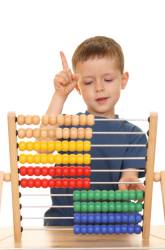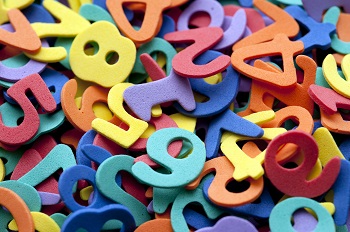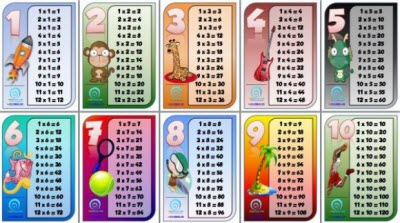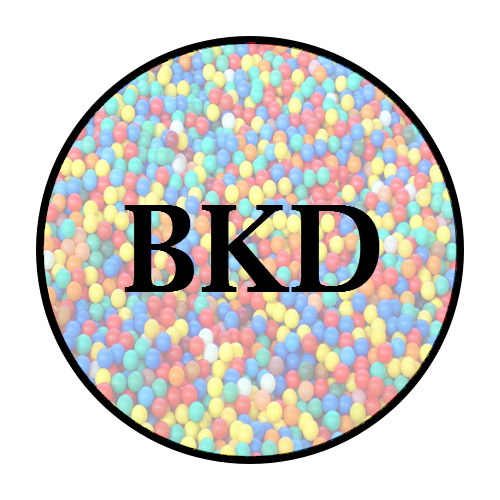
In his book And the Skylark Sings with Me: Adventures in Home schooling and Community-Based Education, David Albert shares five lessons he learnt about teaching maths to his daughters.
- Never expect that what worked for one child at a particular chronological age will work at that same age for another.
- Never assume anything has been learned until you see your child try it out in the real world. And make sure they she has opportunities to do so.
- Never underestimate the capacity of your child to go forging ahead at the precise moment she is ready, and don’t worry too much if she seems stuck in a rut. I have watched both my daughters seemingly make no progress at all for months, only to churn through huge amounts of new mathematical material in a matter of weeks. Think of yourself as a learning accelerator – sometimes it makes sense to step on the gas, but sometimes it’s okay to allow your child to coast too.
- Watch for the moment, and be aware of the fact that the learning style that worked before may no longer be effective, and vice versa. Don’t let that frustrate you or your child! Be experimental rather than prescriptive.
- While the timing will take care of itself, don’t assume that learning the building blocks will. I imagine it is possible for a motivated child to teach herself everything she needs to know about mathematics, but assuring solid conceptual foundations can make a world of difference in the effort required and can in the long run, enhance a sense of fulfilment in the learning process. Later in the chapter on maths, David Albert writes; “Parents who have experienced math phobia are in an especially good position to prevent such fears from developing in their children, if they just take the time to re-create what it was that resulted in their own phobias in the first place and to re-envision how it could have been different. There is now a widely shared “Math Anxiety Bill of Rights” written by Sandra L. Davis. By taking it to heart, parents will stand a better chance to instil a sense of sense of self-confidence, free of anxiety, in their children:”
MATH ANXIETY BILL OF RIGHTS
• I have the right to learn at my own pace and not feel put down or stupid if I’m slower than someone else.
• I have the right to ask whatever questions I have.
• I have the right to need extra help and the right to ask for help.
• I have the right to say I don’t understand.
• I have the right to not understand.
• I have the right to feel good about myself regardless of my abilities in math.
• I have the right not to base my self-worth on my math skills.
• I have the right to view myself as capable of learning maths.
• I have the right to evaluate my math instructors and how they teach.
• I have the right to relax.
• I have the right to be treated as a competent person.
• I have the right to dislike math.
• I have the right to define success in my own terms.

FIVE OF THE MOST IMPORTANT MATHS CONCEPTS TO TEACH CHILDREN
There might be many people who disagree with these five concepts, but it’s not intended to be promoted as the absolute truth. Create your own 5 key concepts. These concepts provide a great starting place for thinking about maths education with children and are vital foundation blocks. If you did nothing but focus on just these five concepts for a year or more, it would provide students with a real confidence in maths. When you feel you can do maths, it’s much more enjoy-able. No matter how fun and hands-on you try to make maths activities, if you aren’t confident working with basic concepts or simply don’t have basic skills, it’s not going to be fun.
1. NUMBER PARTNERS
These are also called number facts of ten. 1+9, 2+8, 3+7, 4+6, 5+5, 6+4, 7+3, 8+2, 9+1. Kids absolutely need to know what partners make ten inside out and back to front. Once they have mastered this and can apply their knowledge, get them to work with number partners of 15, 20, 50 or100. Help children notice when to use these number partners. Games are great for this.
2. PLACE VALUE
Understanding place value fully is one of the most vital concepts you can teach children. They need to understand how our number system works not just through rote learning (that’s the units place, that’s the tens place etc.) but through having a deep and innate grasp of these ideas. Practice counting up and also down or backwards with kids. Practice counting with odd and even numbers. Practice counting by 2s, 3s, 4s, 5s, 10s, 100s and so on. Practice giving kids questions such as ‘What comes before x?” “What comes after x” “What is 10 before x?” “What is 10 after x?” Some kids can count to 100 but don’t know what comes next. Working with number lines and number charts can be helpful to visually see these patterns.
3. ADDING 9 AND PARTITIONING
Teach kids the trick of adding 9: add ten, minus one. This is really handy to know, but give kids plenty of chance to practice and apply it. Once kids are familiar with this concept, you can get them to apply the same trick with other numbers such as adding 19 (add 20, minus 1). Partitioning is where you divide a number up to make it easier to work with. This is great once your children know their number partners. For example, if you have the problem 6+8, you know that 8 only needs 2 more to make it 10, so you split the 6 into 2 + 4. Then you have 10 + 4 which is easy – it’s almost like not doing ‘maths’ at all.
4. TIMES TABLES
Knowing your times tables is an essential building block for maths learning. People learn their tables in a range of different ways. Try different things with your child and see what works – and use a combination of approaches. Times tables songs and CDs work well for some children. Chanting while moving – jumping on the trampoline, skipping, marching or bouncing a ball and other rhythmical activities is great for children who learn through movement and rhythm. Some kids just like to learn by rote. Others enjoy competing with themselves – get a grid of the tables and have them put stickers on or color in the ones they’ve learnt. Multiplication.com has a very interesting system for teaching times tables through pictures and stories which might be great for word and language oriented learners.

5. DOUBLES
Just learning to double numbers quickly is an important foundation concept. Play ‘double up’ with kids. Pick a number and use an egg timer to see how many doubles you can work out within the limit. Take 2 for example – double it = 4. Double 4 = 8. Double 8 = 16 and so on. This can be played in the car too. Also practice working with near doubles, for example 44+45.

